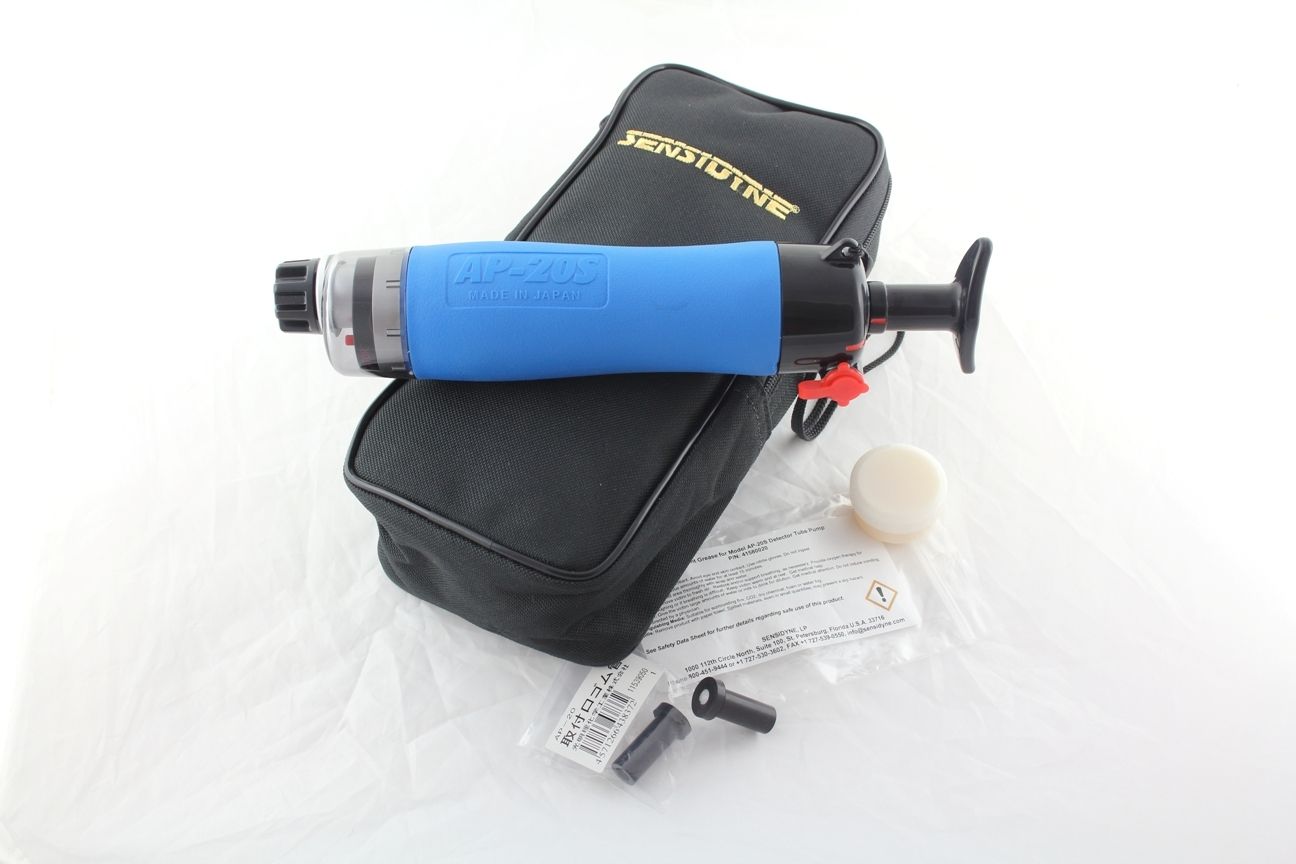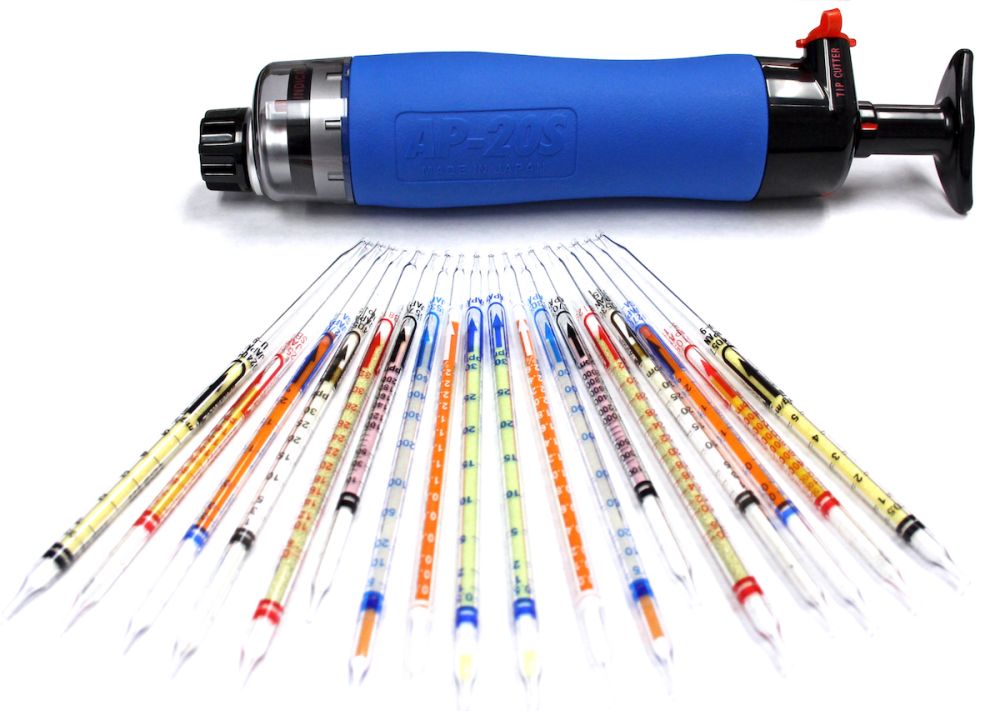SENSIDYNE Deluxe Hazmat III Response Kit
RM 0.00
Description
ENSIDYNE Deluxe Hazmat Kit
Sensidyne’s Deluxe Hazmat III Response Kit is the ideal tool for quickly identifying hazardous substances from unknown airborne compounds. Using two special multi-layered qualitative detector tubes and a unique color-based ID chart, the Hazmat III Response system can identify about 70 hazardous organic and inorganic chemicals in about 3 minutes.
If follow-up testing is needed, the kit contains high-quality, highly-reliable detector tubes that can be used to further qualify and quantify the initial test results. The Sensidyne Deluxe Hazmat III Response Kit is fast, rugged, light weight, and simple to use. Because it requires no user calibration or electrical power, the Hazmat Kit is always ready for action and can go anywhere on a moment’s notice – the ideal first response tool for hazardous chemical identification.
With single-stroke, multi-layered detector tubes (2 for organic gases, and 1 for inorganic gases), a one-stroke sample with each tube is all that is needed. Tube layers change color when exposed to hazardous chemicals-different colors for different chemicals. Use the color text chart to rapidly identify the unknown chemical based on the color combination of the layers.
You can customize your Sensidyne Deluxe Hazmat III Kit for just about any type of hazardous spill situation. The case has room for up to 40 boxes of tubes, with over 350 total types of detector tubes to choose from.
SENSIDYNE Deluxe Hazmat III Response Kit:
What the Deluxe Hazmat III Kit Contains:
- Hard Shell Carrying Case
- AP-20S Gas Detection Pump Kit
- Five Meter (5m) Extension Hose
- Detector Tube Handbook
- Deluxe Hazmat 3 Testing Chart
- Air Flow Indicator Kit (Smoke Tube Kit)
- Organic Gas Qualitative Detector Tubes
- Inorganic Gas Qualitative Detector Tubes
- Specific Gas/Vapor Tubes:
– Acetone (0.01-4.0 % v)
– Acetic Acid (0.5-125 ppm)
– Arsine/Phosphine (0.05-2.0 ppm)
– Benzene (5-200ppm)
– Carbon Dioxide (0.1-2.6 % v)
– Carbon Disulfide (0.8-50 ppm)
– Carbon Tetrachloride (0.5-60 ppm)
– Ethyl Acetate (20-100 ppm)
– Hydrogen (0.5-0.8 %)
– Hydrogen Cyanide (0.5-100 ppm)
– Hydrogen Fluoride (0.25-30 ppm)
– Hydrogen Sulfide (0.75-300 ppm)
– Methyl Bromide (0.4-80 ppm)
– Nitric Oxide (10-300 ppm)
– Trichloroethylene (0.2-16 ppm)








